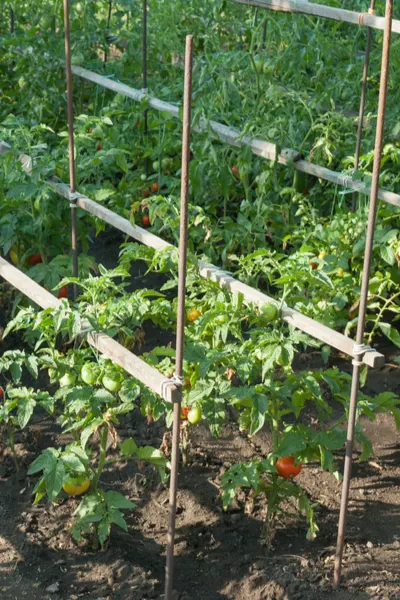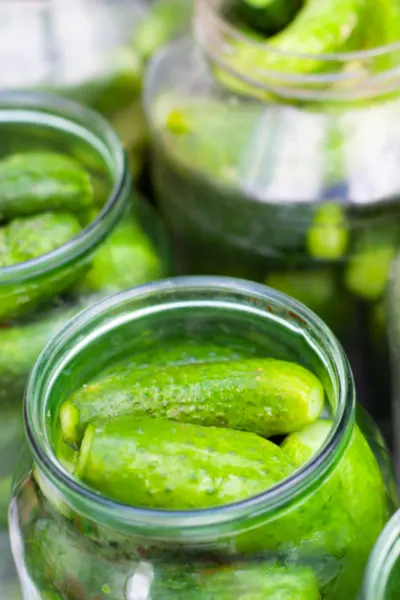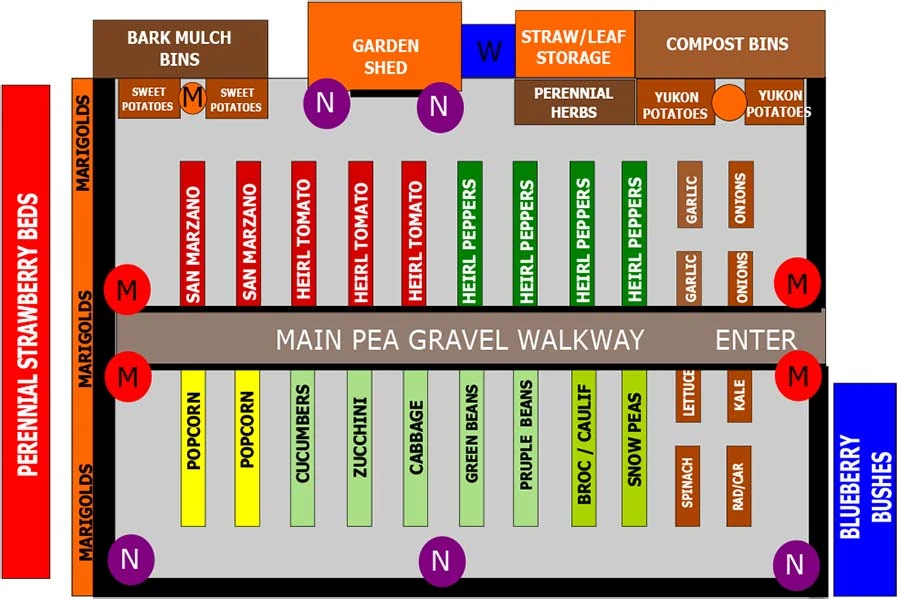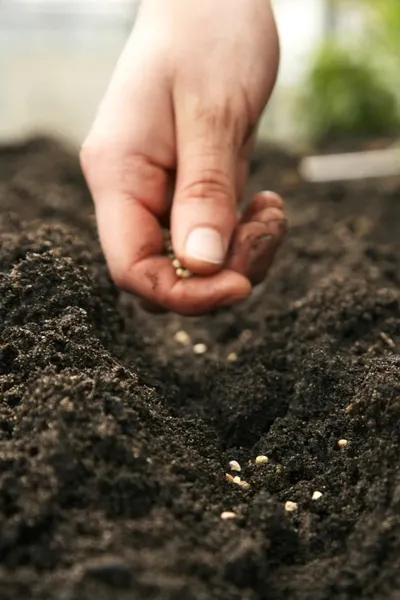A productive garden all begins with great garden planning. And there is no better time to start planning than during the cold, dreary days of winter.
Not only is it a great way to help cure cabin fever, it will set the stage to grow your best vegetable garden ever!

Garden Planning Secrets – Avoiding The Common Pitfalls
The biggest mistake a gardener can make is to not put a little thought or planning into their garden.
Nearly all gardeners have the same thoughts in the months prior to garden season beginning:
This will be the year my garden goes in on time. And the year I finally order seeds and start my own plant’s indoors. Even more, I am going to get every crop planted I have always dreamed of.

But time passes, and spring arrives in the blink of an eye. Before you know it, it’s nearly summer. And what was to be the garden of your dreams, now turns into a mad dash to simply get something planted before it’s too late.
But with just a bit of simple garden planning, this recurring nightmare scenario doesn’t have to happen. And in the process, help you grow your best garden ever!
Garden Planning 101
#1 Creating A Master Grow List
A good plan begins with creating a list of everything that will be grown in the garden. Start with what you and your family love to eat most. From there, add in crops you would like to try or experiment with.
And be sure at this stage make a note of any crops that you want to can, freeze or preserve. This is extremely important to make sure you plant enough for both fresh eating, and preserving.

This step sounds so simple, but it is often overlooked. Knowing what you need and want to grow helps plan your garden space accordingly.
It also helps you order and have ready the seeds and plants that are needed. Waiting till the last minute can mean having a hard time finding the seeds and plant varieties you want. See : The Best Free Garden Seed Catalogs To Order Now
But moreover, this little bit of planting can help you avoid one of the biggest pitfalls of all: planting anything and everything at the last minute.

But by creating a planting list and sticking to it, you don’t fall into the all-too common trap of picking up all types of seeds and plants you don’t need. Create that plan, and stick to it!
#2 Create A Sketch Of Your Garden
Next, it’s time to put your plant list down into a workable garden plan. And it doesn’t have to be fancy to work well.
All you need is a basic sketch of what needs to be planted, and where. A simple sketch in a graph notebooks makes a perfect record from year to year.
The important thing of all is to commit that plan to paper.
And if you grew a garden the previous year, this is the time to make sure to not place the same vegetables in the same space.

Crop rotation is one of the most important things you can do to keep plants healthy in your garden. By planting vegetables such as tomatoes and peppers in a new location each year, you keep soil fertility high, and pest and disease issues at bay.
With a garden sketch and plan ready to go, it makes planting day a breeze! This is also the time to think about getting mulch to keep weeds down. Local tree companies can be a big help in that area. See : Plan with Fair Oaks tree services experts
By writing it down, you can eliminate making the same mistakes twice in your garden. There are some great graph notebooks on the market that make great garden journal/planners.
#3 Creating A Timeline
Finally, the most important step of all – creating a timeline for the entire garden season.

Take time now to plan for not only what you will grow, but when it will need to be planted. It may sound simple, but this step is often overlooked. And in the process, it causes big issues.
If you want to plant an early cool-weather crop of lettuce or peas, then set a target date range for planting. And, if you will be starting your tomato and pepper plants from seed, jot down the dates you will need them ready by.
This in turn helps with getting seeds ordered on time, started on time, and of course, planted in the garden on time too! All huge keys to growing a great garden!

Be sure to do this for you entire garden year, including second planting dates in mid-summer. And whatever you do, keep that list and timeline close at hand to keep as a reminder.
It is absolutely critical for keeping you and your garden on track all year.
Jim and Mary Competti have been writing gardening, DIY and recipe articles and books for over 15 years from their 46 acre Ohio farm. The two are frequent speakers on all things gardening and love to travel in their spare time.
As always, feel free to email us at thefarm@owgarden.com with comments, questions, or to simply say hello! You can sign up for our free email list in the subscribe now box in the middle of this article. Follow us on Facebook here : OWG Facebook. This article may contain affiliate links.
